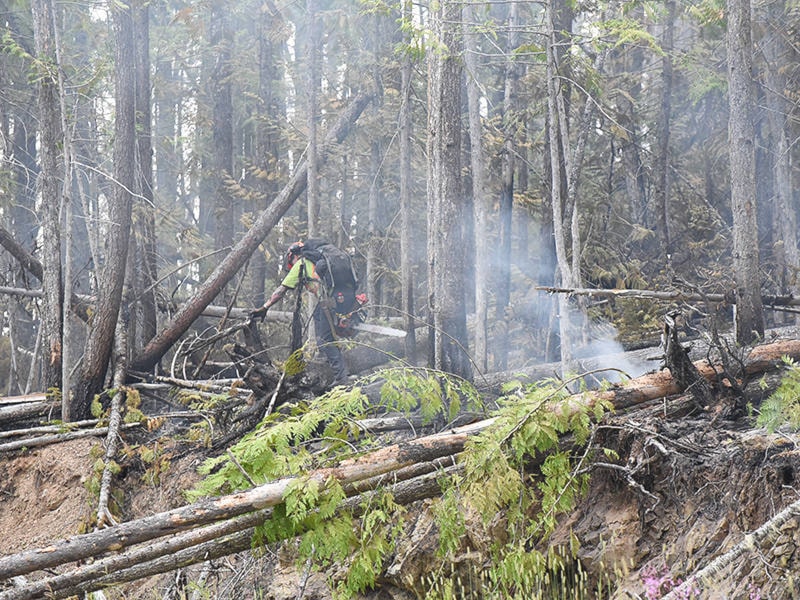Jim Hilton
Special to the Tribune/Advisor
While being inside a lot more because of the wildfire smoke, I was spending more time listening to the radio. A program on the radio discussed the impacts on worker productivity caused by air pollution. My wife and I had just been talking about how tired we both felt during the smoky period and could relate to the main message of the program, which was similar to what I found later on the internet. The elevator pitch in one of many articles describes it best.
“Environmental regulations are typically considered to be a drag on the economy. However, improved environmental quality may actually enhance productivity by creating a healthier workforce. Evidence suggests that improvements in air quality lead to improvements in worker productivity across a range of sectors, including agriculture, manufacturing, and the service sectors. These effects also arise at levels of air quality that are below pollution thresholds in countries with the highest levels of environmental regulation. The findings suggest a new approach for understanding the consequences of environmental regulations.”
With the second year in a row of the extensive wildfires it should be easier for the public to relate to the concept that this is the new normal. Fire ecologists have been telling us that we have to change our forest practices if we expect to make any long term changes in the impacts of wildfires. The use of more controlled burns is harder for me to accept during this smoky period and the thought of burning the many logging cull piles this winter is depressing.
READ MORE: A look behind the scenes at the Horsefly Lake fire complex
The alternative of bringing the residual material to a facility that can at least produce a product that would be useful and less polluting seems to always be described as uneconomical. While there are some good examples of using residual forest products as bio-energy or bio-fuels the main limiting factor seems to be hauling distance.
One way around this is to move the processing facility closer to the forest fibre. A good example was the establishment of a number mills in the Chilcotin in the 1990s. In the case of the most remote mill at Anahim Lake after operating successfully for 13 years a number factors forced the closure during the economic down turn of 2006 to 2008.
The website of West Chilcotin Forest Products (WCFP) attributes the closure to a number of reasons; distance to markets, lack of a dry kiln and expensive diesel power generation.
As tax payers we should be prepared to invest in the hydro and transportation infrastructures which support the more remote industries. For example the need for an industrial level hydro line to Anahim Lake which would provide cheaper power and also allow a tie into the grid with a bio-fuelled power facility. Such a facility would allow the establishment of a dry kiln as well as use residual materials to reduce hydro costs. Improving the transportation network would also improve evacuation options during emergencies as well improve access to markets and tourism options.
A recent article about a $7 million dollar program to improve the access north of Anahim Lake shows the government is listening. Hopefully improving access to Quesnel is also in the plans.
Jim Hilton is a professional agrologist and forester who has lived and worked in the Cariboo Chilcotin for the past 40 years. Now retired, Hilton still volunteers his skills with local community forests organizations.
Do you have a comment about this story? email:
editor@wltribune.com
Like us on Facebook and follow us on Twitter.
